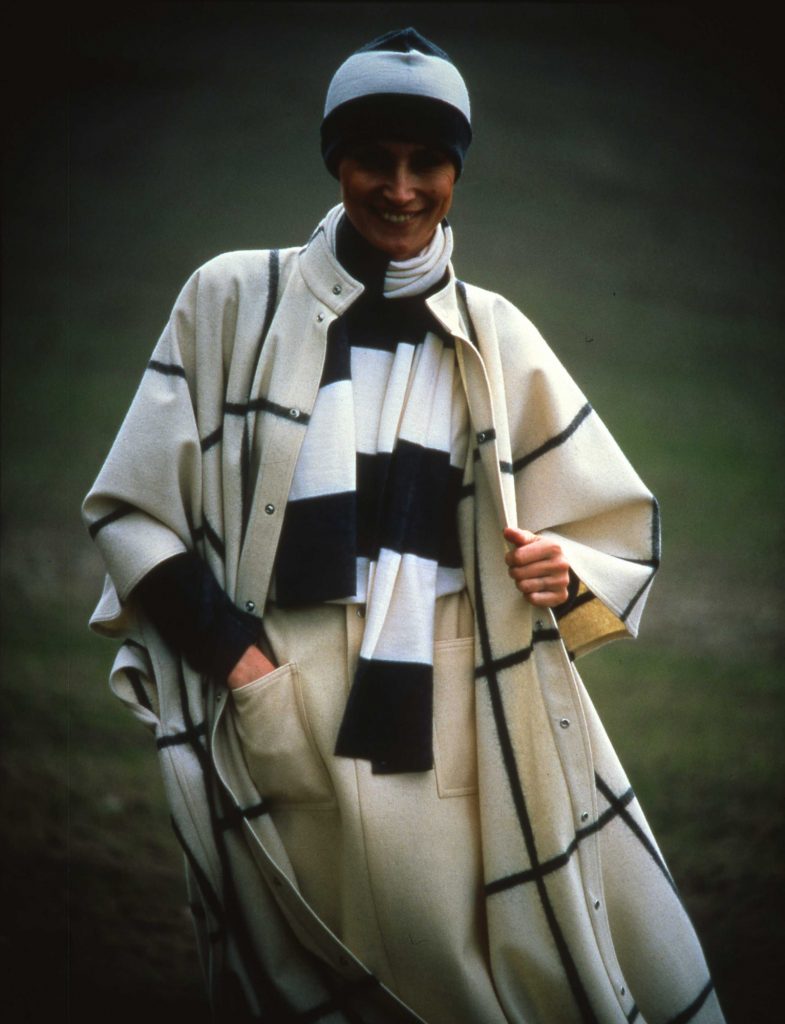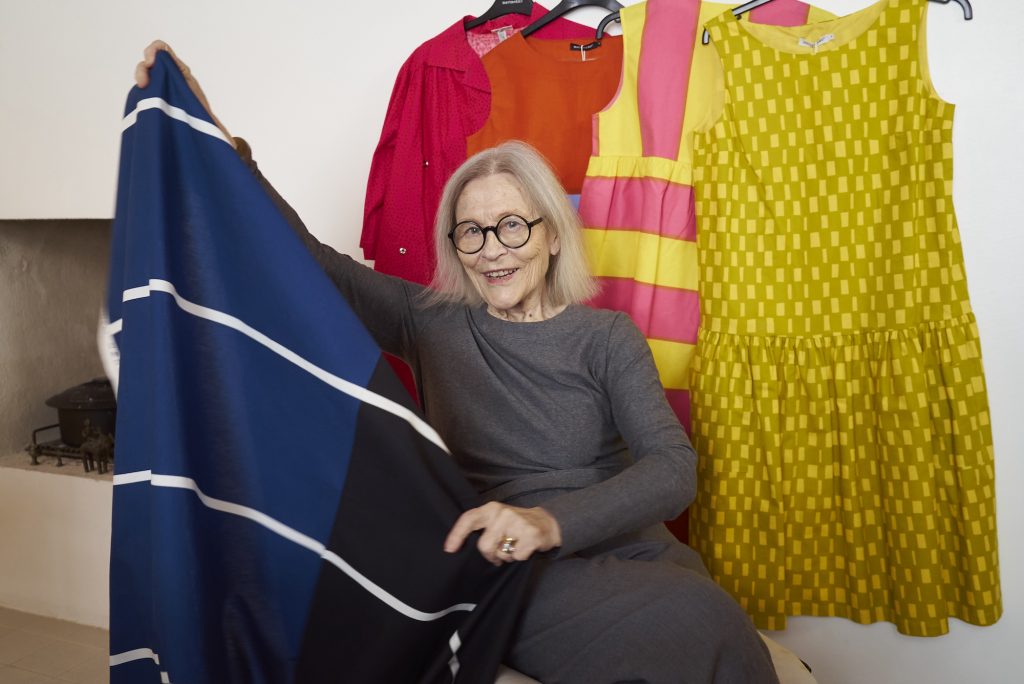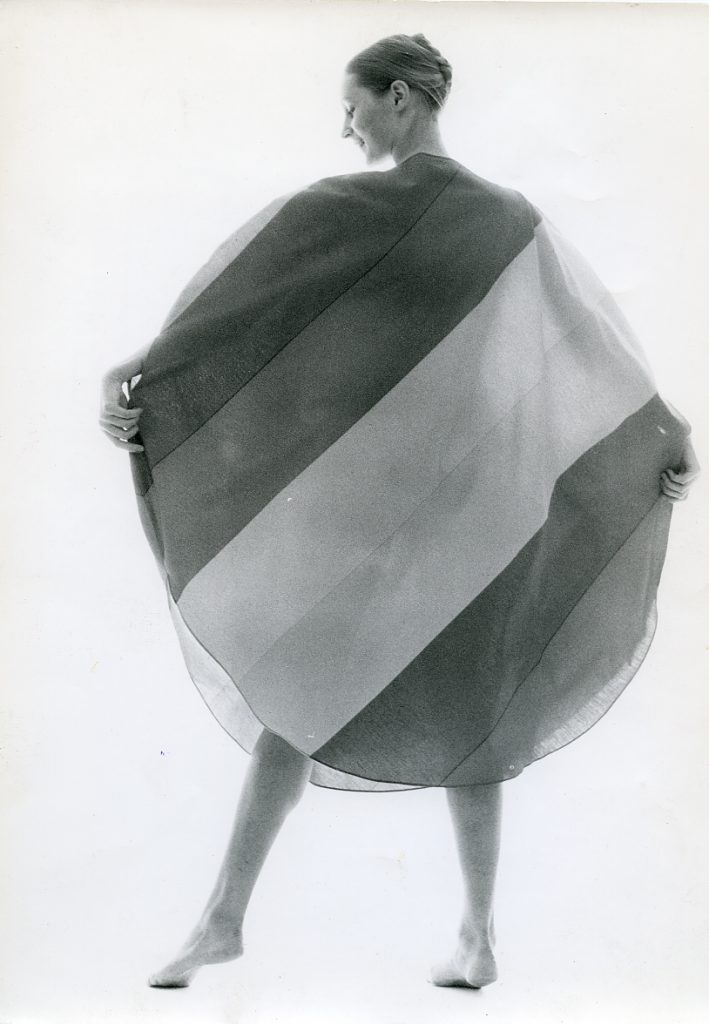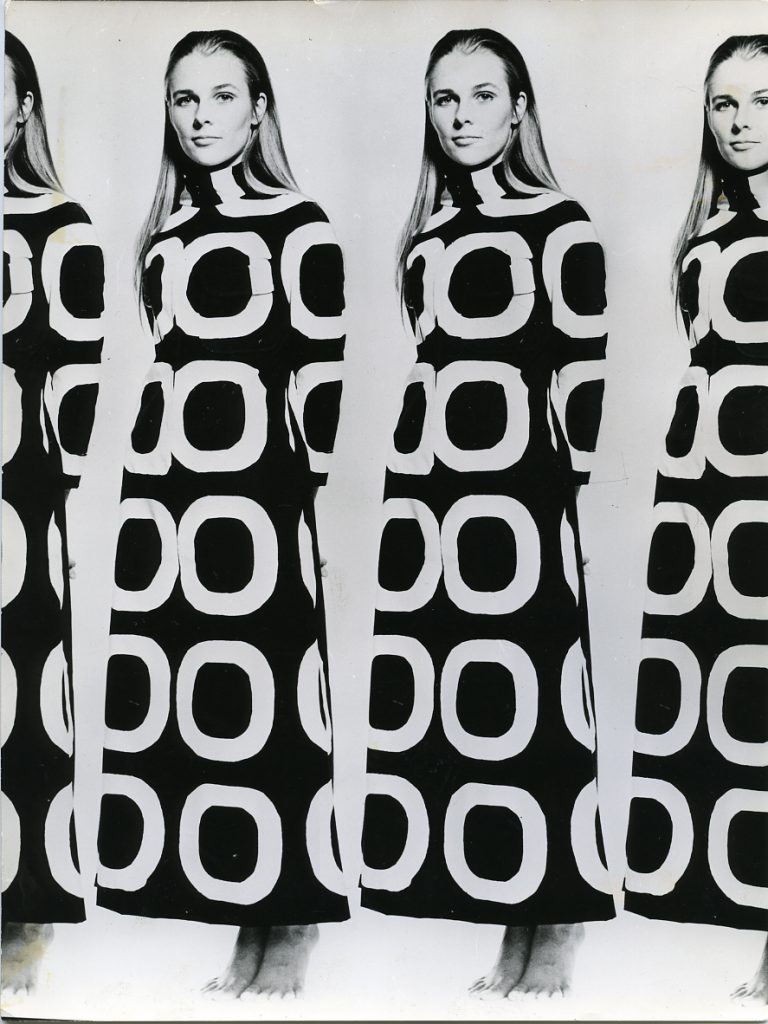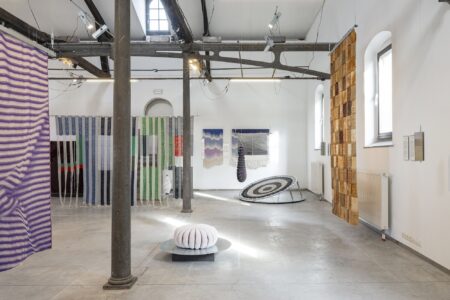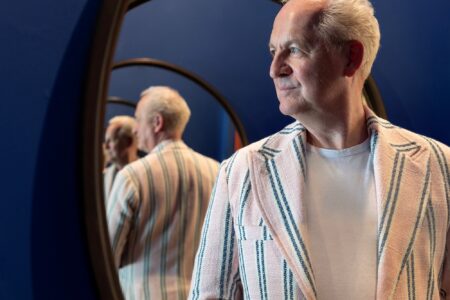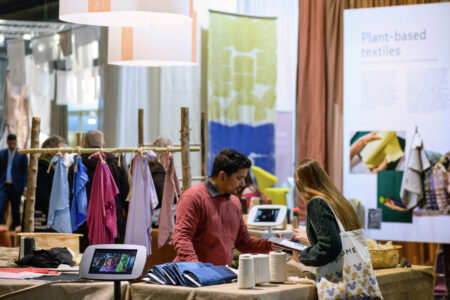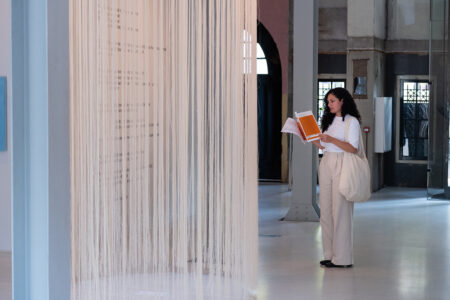
Vuokko Nurmesniemi: A Finnish Pioneer
For TLmag35, Finnish journalist Jutta Ylä Mononen, wrote about the fascinating story of textile designer, artist and entrepreneur Vuokko Nurmesniemi and her ground-breaking print designs that changed the face of fashion.
Vuokko Eskolin felt the calling of creativity at the age of sixteen when she applied to Ateneum, The School of Art and Design in Helsinki. Refused for being too young, she started taking evening classes and a year later she was allowed to officially start the school. When deciding whether to study ceramics or textiles she decided, for some unknown reason, to choose ceramics. After completing her studies, she married interior architect Antti Nurmesniemi and had just opened her own ceramic studio when, in 1953, she received an unexpected invitation from Armi Ratia, the founder and owner of Marimekko, who had heard about Vuokko and her unique style. Marimekko had started a year before with their first fashion show and Armi asked Vuokko to make a copy of the Oomph fabric, a small blue mosaic pattern that was designed by Finnish- Swedish designer Viola Gråsten. Vuokko had never seen a printed fabric before, only woven ones, and she was inspired by the potential of the medium. Armi was surprised by Vuokko’s idea, which was nothing close to a copy. Rather, she made a large drawing with a very big yet simplified line pattern. The name of the fabric was Tiibet, (Tibet), a place that represented something mystical and important for Vuokko. Armi immediately understood that she was standing in front of a young designer who had a distinct creative vision. The printmaster of Marimekko doubted if they could print such a large pattern, but Vuokko didn’t give up and experts from Germany and Switzerland were called in to resolve the problem.
After the Second World War Finland was deserted and empty; colours were not used in clothing or interior design. Everything was gloomy, black and brown. Vuokko started to use bright, powerful colours and combining them with each other. No one had ever seen pink and orange, or blue, bright green and purple all together. She was driven forward by this passion and wanted to resolve technical problems in order to push her ideas further. While the fabric moved easily during the printing process, the base fabric remained visible, which was not intentional, so she came up with the idea of printing the edges of the colours on top of one another, producing a third mixed colour.
Vuokko worked intensively for six years, first with the patterns but soon also designing clothing collections. Her ideas were of course outside the usual approach as she wanted to design the garment respecting the pattern of the fabric rather than the cut of the clothing. She was an advocate for gender equality and wanted to release women from the corset. She removed all unnecessary pleats from dresses and designed only collar and sleeve openings and a small intake. Vuokko said from the beginning of her career that she was not a fashion designer, but a designer. She wanted to design timeless clothing. Armi’s creativity was different; she was excellent at marketing, a fluent Karelian (Finnish) storyteller. Together they were an unbeatable duo. And without Armi’s husband Viljo, who took care of the rest of the business, Marimekko would not have survived. In the end of the 1950s they found great success in America, including an exhibition of Finnish arts and crafts in Boston at the Walter Gropius House, a Marimekko fashion show where one hundred dresses were sold in twenty minutes, and American newspapers were praising Vuokko as a genius, particularly after Jacqueline Kennedy bought eight of her Marimekko dresses. Despite this success, Vuokko wanted to leave the company because she felt her relationship Armi had shifted. It was not a happy separation. In 1961 she travelled for four months around India and Nepal with her husband. After returning home it was impossible for her to get any work, because Armi was a very powerful woman and she knew all the people in the design industry.
During her years with Marimekko, Vuokko designed many patterns and clothes that are still in production. The Jokapoika-shirt, of which Vuokko made about 300 colour combinations, has been manufactured for 65 consecutive years. Even today, the Marimekko design team makes new products of Vuokko’s fabrics for each collection. They ask her comments and submit prototypes for her approval.
In 1964 Vuokko started her own company, Vuokko Oy. Her style was still minimalist, but completely different than what it had been at Marimekko. She was continuously looking for new methods of manufacturing. In 1967 she introduced a new collection that included a dress with only one seam in the front and the pattern of the fabric was two-sided. She made lots of experiments of etching and dyeing fabrics.
Vuokko Oy was an immediate success and many international fashion brands wanted to collaborate with her, but she refused because she wanted to keep her own label independent. Vuokko is one of the most award-winning Finnish designers, and has received among many others, the Lunning prize and the honorary membership of the Royal Society of Arts. When she was nominated as the textile designer of the year in Finland, the jury stated that she should have been nominated as the designer of the century.
Vuokko.fi
Marimekko.fi
All photos courtesy of Vuokko Nurmesniemi
\
